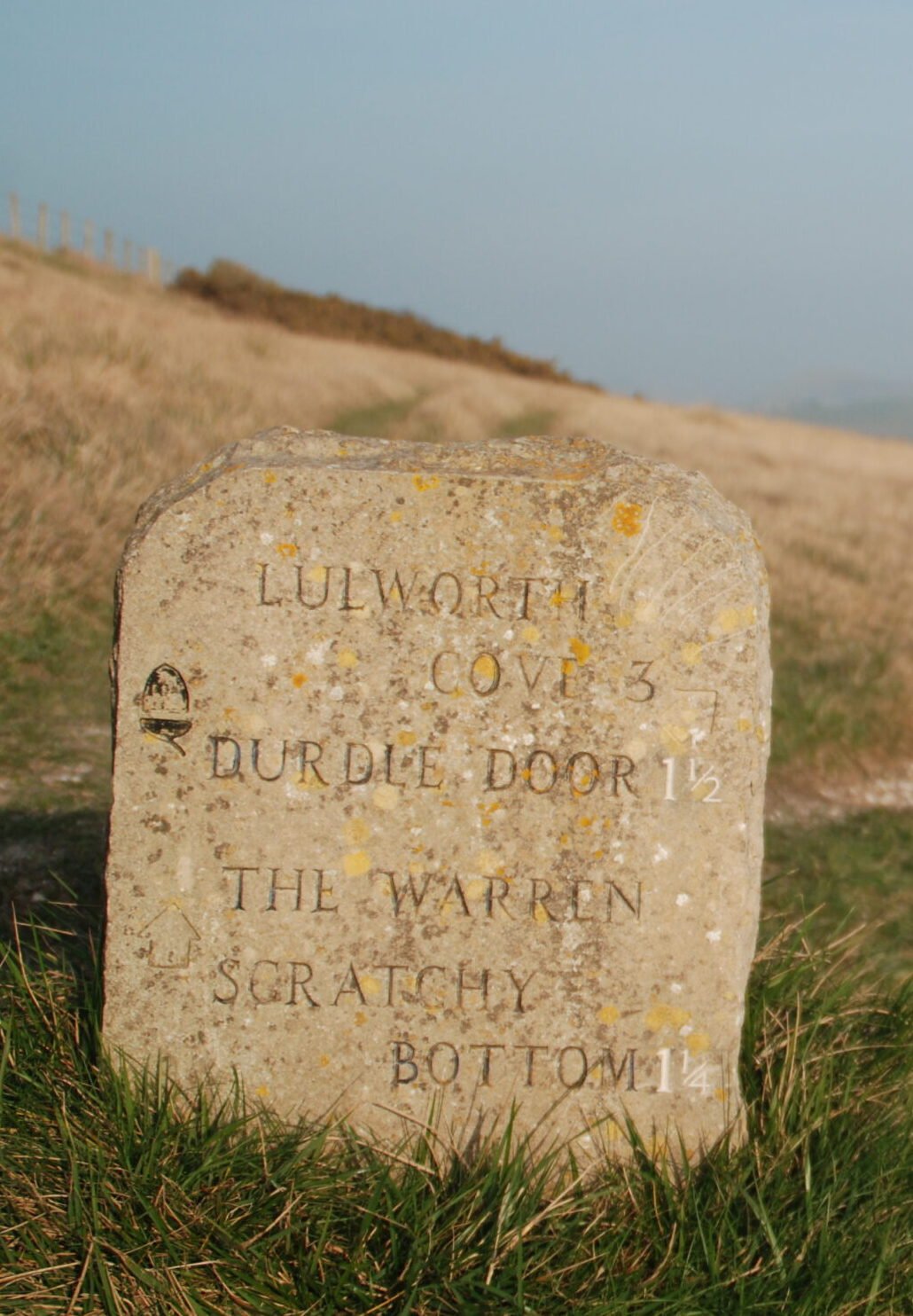Staying safe on your walk
Introduction
The UK is a pretty safe place to walk. The weather, for example, is rarely life-threatening, even though we Brits have elevated complaining about it to an art from. The crime rate, too, is low relative to many other parts of the world. Nor is there much wildlife worth worrying about, and volcanoes, earthquakes, typhoons and tsunamis are things that tend to happen elsewhere. Even the highest points in the country are nowhere lofty enough to disconcert, disorientate or discombobulate.
But just because you’re unlikely to get into trouble on any given day doesn’t mean you should mock those who take precautions. After all, too much scoffin’ could put you in a coffin. People do still come a cropper on the various long-distance trails that criss-cross this lovely land. Below we have listed the main dangers on any trail, together with some sensible advice to keep you safe, sane, happy and healthy on the trail.
Weather
It’s not really the weather that will kill you in the UK: it’s being unprepared for it. Of course, knowing what the conditions are likely to be at the start of a day is useful, but Britain’s climate is famously unpredictable. And nor is it just the rain and cold that causes people to meet their maker ahead of schedule. The heat – and the consequent dehydration, heat exhaustion and heat stroke – is also a potential killer.
The simple way to avoid being caught out by the climate is to pack for every type of weather.In other words, good waterproofs (including waterproof boots) for wet weather; and suncream and plenty of water for hot weather. Always carry a spare set of warm, dry clothes (or at least a set of warm inner clothes) too, so you’ve something to change into in the evenings.
General, sensible advice on keeping safe when hiking
Its only sensible to pack a small but well-packed first-aid kit.
In addition, bring a compass, whistle and torch. (The emergency signal, by the way, is six blasts on the whistle or six flashes with a torch.)
An emergency high-energy (and, preferably delicious) snack could be vital for your health and to maintain morale.
A mobile phone may also be useful, although be aware that mobile phone signals are extremely unreliable along many paths.
If walking alone, leave word with someone about where you are going and remember to contact them when you have arrived safely.
Be extra vigilant if you’re walking with children
Stay alert and know exactly where you are throughout the day. The easiest way to do this is to check your position regularly on the map. If visibility suddenly decreases with mist and cloud, or there is an accident, you will be able to make a sensible decision about what action to take based on your location.
The emergency number for the whole of the UK is tel 999 (or tel 112).
Dangerous places
The following are the sort of places which you will visit on long-distance walks. Each have their own risks and dangers associated with them. The following boxes tell you what to watch out for, and what to avoid…
MOORS & MOUNTAINS
SAFETY ON MOOR AND MOUNTAIN
The advice in the introduction about packing for every type of weather is particularly relevant if you’re walking on the moors. Not only is the weather more changeable, but there’s often nowhere to shelter on the moors – and usually no-one to turn to for help either.
So make sure you have enough water, a few snacks and a decent set of waterproof boots and clothing before you head off on your moorland trail.
READ MORE…
CLIFFS
SAFETY ON THE CLIFFS
Its not just the coast paths (eg the South-West Coast Path and Pembrokeshire Coast Paths) that have cliffs: the Cleveland Way, Hadrian’s Wall, Pennine Way, North Downs, South Downs, and the Coast to Coast Path all have stretches where you’ll be walking above a steep drop.
The basic rule regarding safety on the cliff-tops is the same for each of them…
READ MORE…
BEACHES & RIVERS
SAFETY ON BEACH AND BY RIVER
Seas can be dangerous and care should be taken if you go for a swim:
- Be aware of tide times and don’t get stranded.
- Do not sit directly below cliffs or try to climb them.
- Don’t assume it’s safe to swim in the sea just because others are doing so. They may know about sand banks, rip tides and other underwater features that should be avoided – but you won’t.
FARMS
SAFETY ON FARMS & AROUND LIVESTOCK
It may seem ridiculous as you wander through a field of docile, dopey cows, but every year one or two walkers die following encounters with livestock. And it’s not usually the adult bulls that cause the damage either, despite their reputation. In particular, female cows are rather adept at knocking people over from behind and then trampling on them.
READ MORE
